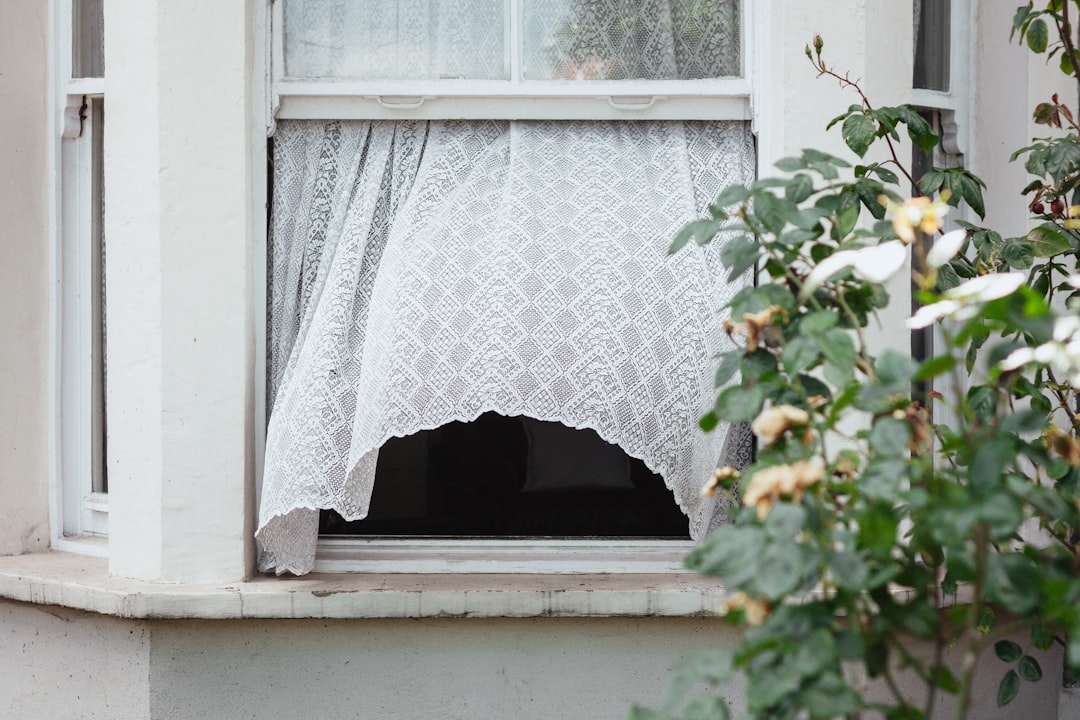Know how people in movies always make bombs out of stuff from the house cleaning aisle? Well… it’s not fiction.
To get sparkling counters, sinks, and floors, some people go beyond using just detergent or toilet cleaners. They mix different house cleaning agents to create the ultimate cleaning potion.
Unfortunately, in their most basic form, house cleaning agents are chemicals. And if there’s something chemicals do well, it’s ‘react’. So, mixing house cleaning agents (chemicals) sets off reactions that might cause injury, sometimes resulting in death.
Yeah, I was spooked too. But the goal is to open eyes to the dangers that lurk in cleaning closets. So, we’ll talk about three very dangerous mixes and the effective control measures that’ll help us stay safe.
(Also, buckle up for a likkle chemistry lesson.)
Three Toxic Cleaning Combos
Bleach × Alcohol
This chemical mix should be easily avoidable, but we’re in the middle of a pandemic. One that has us all buying hand and surface sanitizers. And what are sanitizers made of? Alcohol (C2H5OH).
On the other hand, bleach is a regular feature in most cleaning supply closets, and its active ingredient is sodium hypochlorite (NaClO).

When bleach and alcohol mix, the result is Chloroform (CHCl₃). That means you can knock yourself out while wiping down your sink. And that’s not all.
You can inhale or ingest this strong-smelling colorless liquid, or even absorb it through the skin. It irritates the skin and eyes, and a long-term exposure can cause cancer.
Also, when exposed to oxygen, chloroform reacts to create a host of other compounds, including phosgene. A chemical responsible for over 80% of the deaths from chemical weapons in WW1.
Bleach × Ammonia
That’s right. Bleach again. We’ve all got some in our homes, because who doesn’t want bright white clothes and surfaces?
Meanwhile, its toxic partner, ammonia (NH3) is found in toilet cleaners (like Harpic) and, more regularly, urine.

When you mix bleach and ammonia, the reaction creates Chloramine gas (NH2Cl). If ingested or inhaled, this noxious gas causes breathing problems, coughing, and burning eyes.
A study by researchers at the Good Samaritan Regional Medical Center has also stated that “The combination of hydrochloric acid, ammonia, and oxygen free radicals may cause corrosive effects and cellular injury, resulting in pneumonitis and edema.”
Not-so-fun fact: The first reported mass casualties of this toxic gas were 36 soldiers who attended a “cleaning party” in their barracks.
Bleach × Vinegar
Anyone who mixes bleach and vinegar has been directly or indirectly influenced by the DIY-life. These tips claim that mixing beach and vinegar produces a powerful disinfectant. One so potent that you’ll vanquish even that elusive 1% of germs.

But let’s not get tricked into danger. The result of mixing bleach and vinegar is Chlorine gas. Inhaling this greenish-yellowish gas even in small amounts can cause shortness of breath, respiratory failure, vomiting and more. A lengthier exposure can cause death.
Its most recent use was in Syria to terrible results, and this gas—which you can unwittingly create in your bathroom—is classified as a chemical weapon.
Precautions
Now we know that mixing these cleaning agents is hazardous and poses a risk to your health and safety. So how do we protect ourselves?
Before we go on, know that caring enough about your safety to read this, is an excellent step in the safe direction.
Thankfully, there are different control measures that we can take and I’ve listed them in a descending order of effectiveness.
First, eliminate.
This control measure involves removing the risk to yourself entirely. You can remove these risks by handing your cleaning needs over to the professionals. Subscribing to an Eden cleaning plan is your best bet. From deep cleaning to routine weekly cleaning, our team of professionals are available to make your home clean and shiny.
Or, you substitute.
In an instance where you’re not able to cut out these risks, try switching the hazardous chemicals for less toxic ones. Or don’t mix them at all.

If not, control your environment.
This safety measure involves manipulating your environment to reduce the risk. And proper ventilation is the way to do that. So, while cleaning, keep all windows and doors open. This keeps fresh air flowing, and substantially reduces the concentration of any compounds formed. Seriously. Don’t clean with these toxic chemicals in a confined space.
Last resort, protect yourself.
Last and least effective of these control measures is your PPE. These protective equipment are the lowest on the hierarchy because they easily become ineffective and can, sometimes, hinder the work. If none of the earlier safety measures are possible, then use industrial gloves (not surgical) and respirators. Also, wear clothes that protect your skin from exposure (read: long-sleeves, turtle-necks, jumpsuits).

Limit your exposure to these toxic chemicals. Eliminate the risks to your health and safety by subscribing to an Eden cleaning plan. If you can’t do that, substitute the toxic chemicals for less toxic ones, practice good ventilation, or use your PPE.


